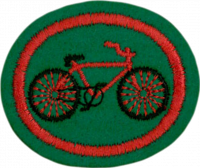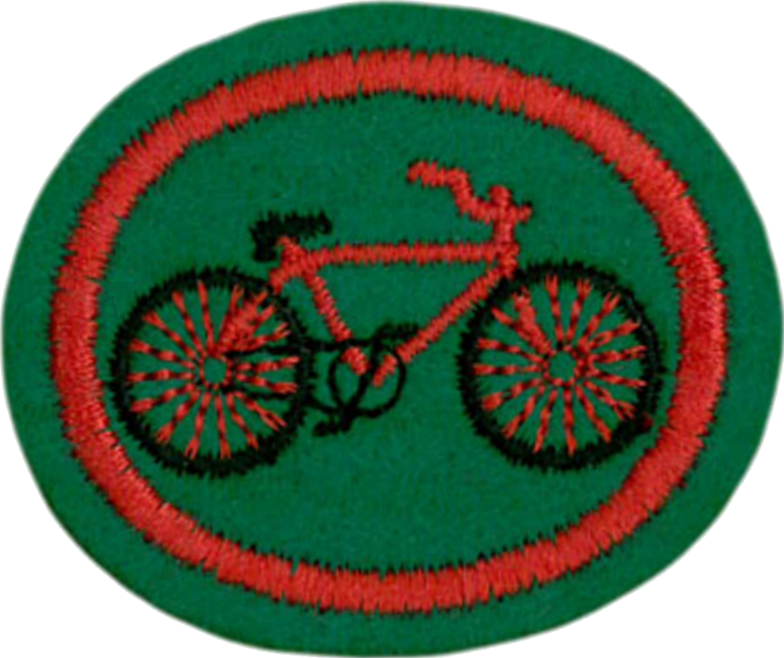Difference between revisions of "AY Honors/Cycling/Answer Key 2/es"
(Created page with "</noinclude> <!-- 5. Conocer y practicar cortesía, seguridad y las normas de la carretera relacionadas con montar en bicicleta. -->") |
(Created page with "<noinclude>") |
||
| Line 77: | Line 77: | ||
<!-- 5. Conocer y practicar cortesía, seguridad y las normas de la carretera relacionadas con montar en bicicleta. --> | <!-- 5. Conocer y practicar cortesía, seguridad y las normas de la carretera relacionadas con montar en bicicleta. --> | ||
| − | + | {{clear}} | |
| − | |||
| − | |||
| − | |||
| − | + | {{clear}} | |
| − | |||
| − | |||
| − | |||
| − | |||
| − | + | {{clear}} | |
| − | |||
| − | |||
| − | |||
| − | + | {{clear}} | |
| − | |||
| − | |||
| − | |||
| − | + | {{clear}} | |
| − | |||
| − | |||
| − | |||
| − | + | {{clear}} | |
| − | |||
| − | |||
| − | |||
| − | + | {{clear}} | |
| − | |||
| − | |||
| − | |||
| − | + | {{clear}} | |
| − | |||
| − | |||
| − | |||
| − | + | {{clear}} | |
| − | |||
| − | |||
| − | |||
<div lang="en" dir="ltr" class="mw-content-ltr"> | <div lang="en" dir="ltr" class="mw-content-ltr"> | ||
Revision as of 02:52, 24 May 2021
Nivel de destreza
1
Año
1933
Version
30.12.2025
Autoridad de aprobación
División Norteamericana
DON'T wear headphones.
DO pull over if you need to use your mobile phone.
A helmet is a form of protective gear worn on the head. Traditionally, helmets have been made of metal. In recent decades helmets made from resin or plastic and typically reinforced with Aramid fiber (e.g. Twaron or Kevlar) have become preferred for most applications. Designed for protection of the head in combat, or in civilian life, from sports injuries, falling objects or high-speed collisions.
Helmets are common in the military, construction, mining, and some sports, including American football, baseball,, ski, snowboarding, ice hockey, equestrian sports, motor sports, and rock climbing. Motorcycle helmets and bicycle helmets are compulsory headgear in some jurisdictions; in the United Kingdom only Sikhs are allowed to ride motorcycles without wearing motorcycle helmets. Bicycle helmet compulsion and even strong promotion has been a heated subject of debate among cyclists and scientists since at least the 1990s, lately focusing on alleged net protective effect at the population level.
- Bicycle Helmet Safety Institute : Helmet info.
- Thoughts from Texas Department of Transportation : Wear a properly fitting helmet to reduce the chances of head injury and death. In some places, city or county law requires it.


